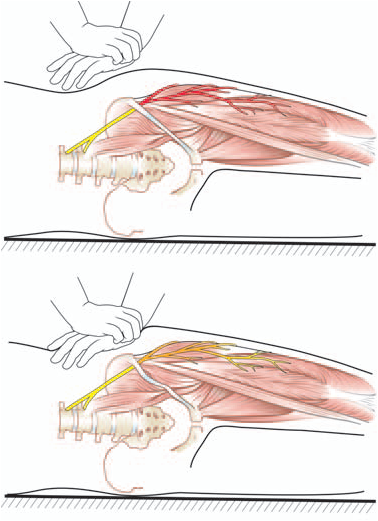
What is the success rate of Uterine Fibroid Embolization (UFE)?
According to several combined results of major studies of UFE (or Uterine Artery Embolization, UAE), the average success rate is approximately 94 percent. what is a successful procedure you might ask? it is defined as one that significantly reduces or eliminates uterine fibroid symptoms and which requires no further treatment with surgery or other options.
After five years, approximately 75% of patients are asymptomatic. in other words, in 3 out of every 4 patients, it is not necessary to have a hysterectomy for uterine fibroid disease.
In some cases, however, patients must undergo a hysterectomy after having done UAE due to heavy bleeding, pain and bulk related symptoms. However, Magnetic Resonance Imaging (MRI) during the pre-UAE evaluation may help avoid a potentially ineffective UAE in up to 20% of patients who are referred for UAE. MRI may detect various types of fibroids, such as a pedunculated submucous fibroid, which is better treated with UAE.
At any rate, the purported advantages of UAE compared to surgical procedures include avoidance of abdominal surgery, abdominal scar, and general anesthesia, as well as diminished risk of significant blood loss, shorter hospital stay and shorter recovery time. in the case of embolization vs. hysterectomy, women can avoid the removal of their uterus, which proves to be quite advantageous for many women who want to preserve their fertility.
Have a comment or question about this post? Scroll down to post a comment to this blog or Click here to ask your question.